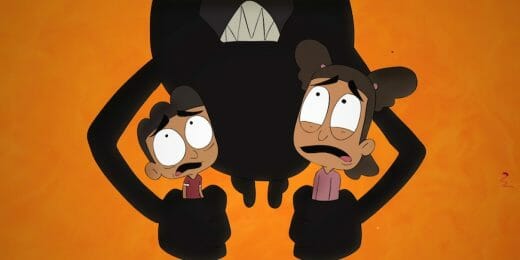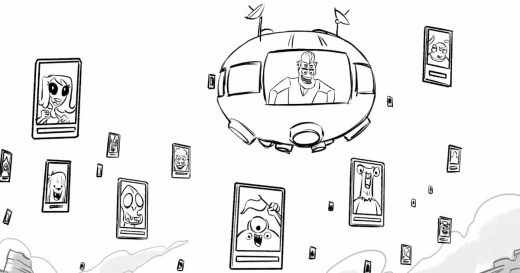
In the short film Ednöra, we meet a quirky, magical witch who is hoping to capture a magical creature – the will-o’-the-wisp. After an exciting chase, she finally captures the creature, but is surprised by what happens next!
Étienne Côté created Ednöra as their thesis film, the final assignment of a three year animation program at Cégep du Vieux Montréal. Inspired by eclectic influences, Étienne knew they wanted the film to portray an expressive, quirky witch, in the backdrop of a Scandinavian forest. Upon completing the program, Étienne’s film took the top prize at the Cégep du Vieux Montreal’s graduation gala.
We caught up with Étienne to learn about their experience in the animation program, the inspiration for their film, how they created such an expressive character, and their process for animating expressive smear frames.
Ednöra is the thesis film for your animation program at Cégep du Vieux Montréal. What prompted you to join the program, and what has your experience in it been like?
Étienne: The funny thing is that I was actually meant to be going into training to become a train operator – but the cohort had filled up. So, I was looking for something else I could do for a year. I had always been good at drawing and thought it would be worth trying something related to the field.
That same year, a short called Hazbin Hotel was released and I immediately fell in love with the style. It soon became my biggest source of inspiration for my art. Watching it, I knew that was what I wanted to do with my life. And so I applied to Cégep du Vieux Montréal!
When I first started the animation program, I had absolutely no idea how animation worked, and I had no clue what path I would take in the program. But my three years there went really well! From the first day I met my peers, I knew they were going to be my family. Being so far from home, I had them to rely on and they helped me so much to accomplish the program.
Teachers in the program were always at our disposal when we had any questions, and were always ready to help. Before college I knew nothing about animation and now I feel ready to work in an animator’s team! I would definitely recommend Cégep du Vieux Montréal to any artist interested in animation.
Tell us what your film, Ednöra, is about, and what inspired the story?
Étienne: Ednöra is about a little Norwegian witch who is looking for some magic artifacts for her collection. One of her missing pieces is a will-o’-the-wisp. She knows when they tend to appear. So on a cold night, she goes out looking for one with her magic detecting staff.
After finally spotting one, and chasing it down, she catches it! But it isn’t long before she realizes that she has made a big mistake, because things suddenly take a turn.
Ednöra is my character’s last name. It’s inspired by the old norse word ‘Ednor,’ which means ‘attack.’ The story was inspired by Brave and by Tom and Jerry‘s chase scenes, but also by a short film Pin and Pon by Mahsira Wingtail, which you can find on Youtube.
What was the most exciting part of the filmmaking process for your short?
Étienne: I really enjoy the process of animating, that was definitely the most exciting part for me. Spending hours animating a character I love, and drawing while learning from my mistakes is the height of joy for me. It was such a wonder to see a character I had been developing and doodling since my second semester taking life in front of my very eyes, and having its own world and personality.
The scenery and compositing in Ednöra is really beautiful. Can you tell us about your compositing process?
Étienne: I wanted to give my audience more than just a scene to watch. I wanted them to have an ambiance to feel. And I wanted them to feel like they were there, to feel the wind, to feel the shock waves and the trembling. For that, I referred to all the beautiful shots I had seen in movies before and studied them meticulously.
Since my film was most of the time set in a very dark ambience, I needed to place things in a distinctive way so the audience would not confuse a tree with a branch, or a snow dune with a mountain. It was all about shapes and figures.
As for the camera angles, I selected from various references I took from movies I liked and set the camera at the same angle. I designed scenes according to the camera angles, and added quakes when the character steps close to the camera to simulate her weight and make it more credible and present.
As for the aesthetic, I was inspired by How To Train Your Dragon and Klaus. Those are both amazing productions that I aimed to reunite as inspiration for my story. The goal was a funny story with energy and plot twists, but set in a cold, dark and mysterious Scandinavian world.
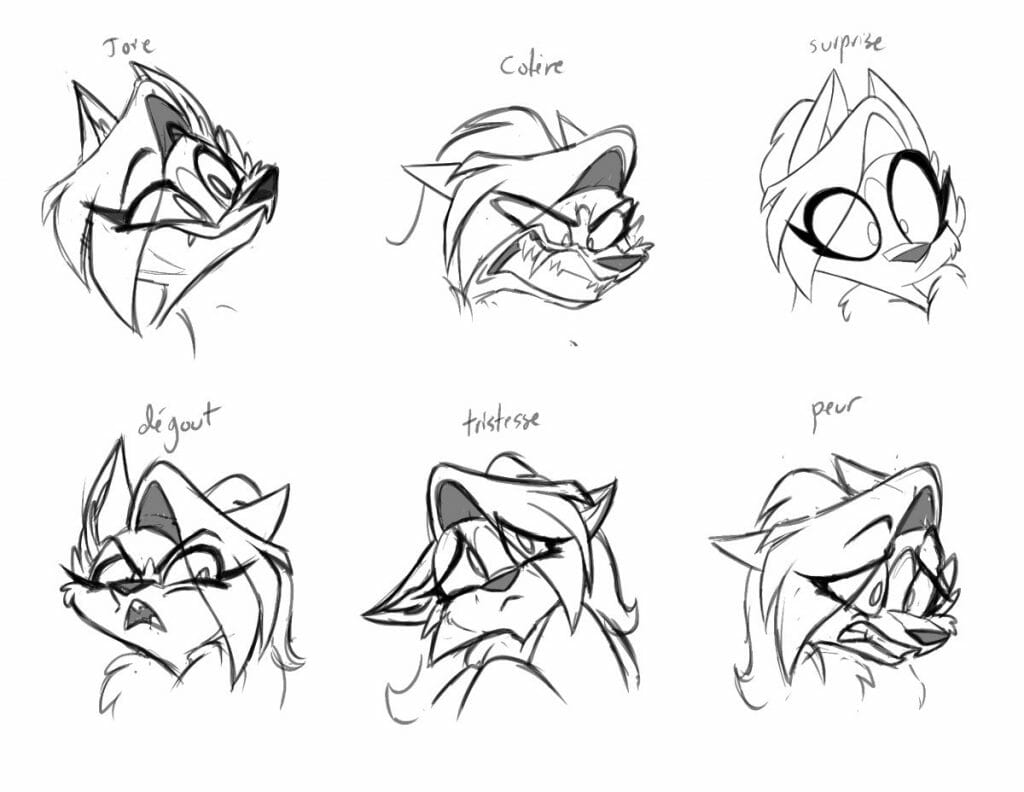
Something else we love about Ednöra is how expressive the film’s main character poses are. Tell us about this character, who she is, and some of the techniques you used to make this character so expressive?
Étienne: Jaizybel Ednöra is probably one of my most expressive characters. Although she’s the character of this short film, I actually invented her for a future series or movie I want to create. She is a witch and herbalist who loves magic and witchcraft, is pretty shy and lonely in public, but dynamic and determined when she is alone in her cold snowy forest. She loves interacting and capturing spiritual and supernatural beings, which is why I wanted my film to take place in Norway. Norwegian folklore is perfect for the story and the character.
The key to expressivity in this character is in her face. Jaizybel is such a malleable character and what makes her so alive is her humongous and expressive eyes and mouth, which cover her entire face.
The fun part with her is that there are no limits to where I can stretch or squash her mouth. Sometimes I even stretch the mouth to her eyes! It always works fine and exaggerates her expression to the max. I also really love squashing one of her eyes, it helps to express her quirky and curious personality.
A large mouth and eyes were perfect for making her expressive, but I wanted to push it even further. This is why Jaizybel is a wolf. A tail and two ears added to her expression chart. Animal characters are always a golden choice when it comes to exaggeration because of that simple detail. This is one reason why many famous cartoon characters are animals. We tend to forget about it but a tail and ears can determine a mood only by themself, without a face and it helps with the silhouette so much!
As for her body language and poses, I try to always keep a clear shape since she has a lot of details. I needed a design which would allow us to easily recognize her arms from her legs, and her hair from her tail. This is why I chose longer hair than the tail, and the adorable detail of the ‘no feet legs’. Jaizybel only has long french fry shaped legs that can bend and curve like a rubber hose, giving her that bouncy and clumsy walk and run cycle. I also found that this tippy toe detail added to her shy and curious personality.

You used smear frames in Ednöra to convey motion. Why did you choose this technique, and do you have tips for animating using smear frames?
Étienne: I just love those nightmarish images. Who can keep from laughing when they stop randomly on these art curses!? Not only do smear frames help create smoother movement, but they are so fun to draw and make the process of animating much more streamlined.
Smear frames are a snappy and cartoonish animation technique that ultimately make animation quicker, because when you use them you don’t need to draw in betweens. I tend to use them when I have two extremely opposed poses. For example, when my character is in a high position and needs to quickly move to a crouch.
I think the best tip for using smear frames is to trust your gut feeling. There is no specific moment to use them. It is really a personal, artistic choice. So if you feel a movement needs more in betweens but you can’t fit more in your timing? It’s time for a smear.
I usually do it in less than 10 drawings. First is the initial key pose.

A few inbetweens to the extreme pose…
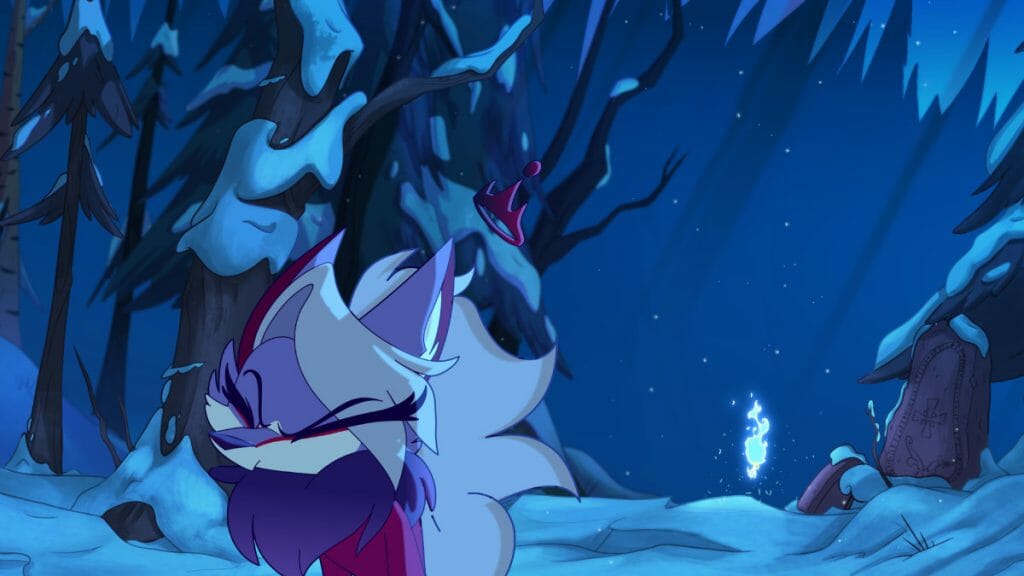
Then you move on a little stretch or squash that will be used for anticipation.

Then you draw the big smear exposed on a 1, because you don’t want it to be noticeable! This one should be a long, cursed, distorted image that makes absolutely no sense but stays within the ark of movement of your character.
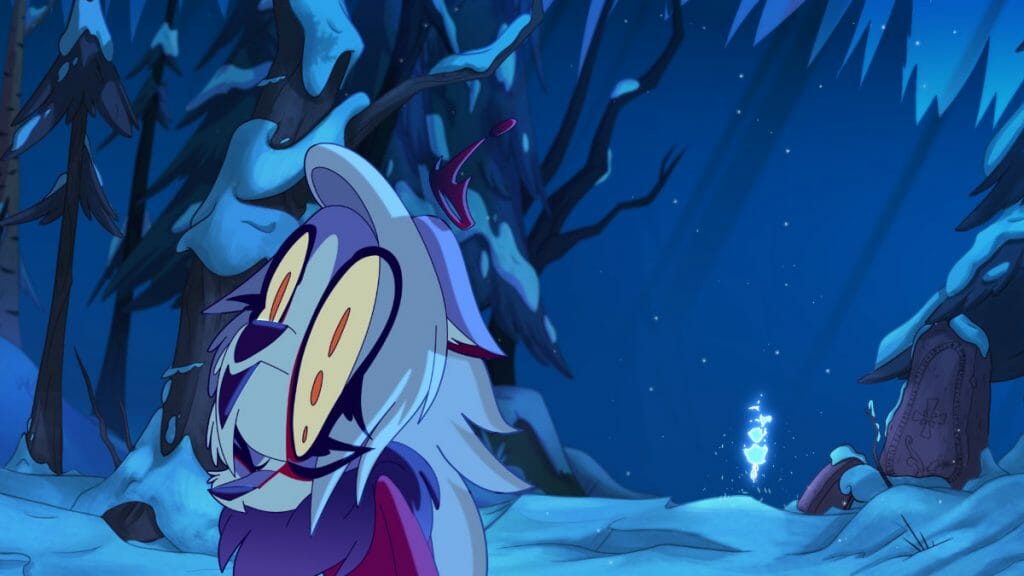
After a smear I then use what I call an ‘’unsmear,’’ also exposed on a 1. This is a drawing that is still distorted, but a little more on-model and most of the time used as an overshoot.
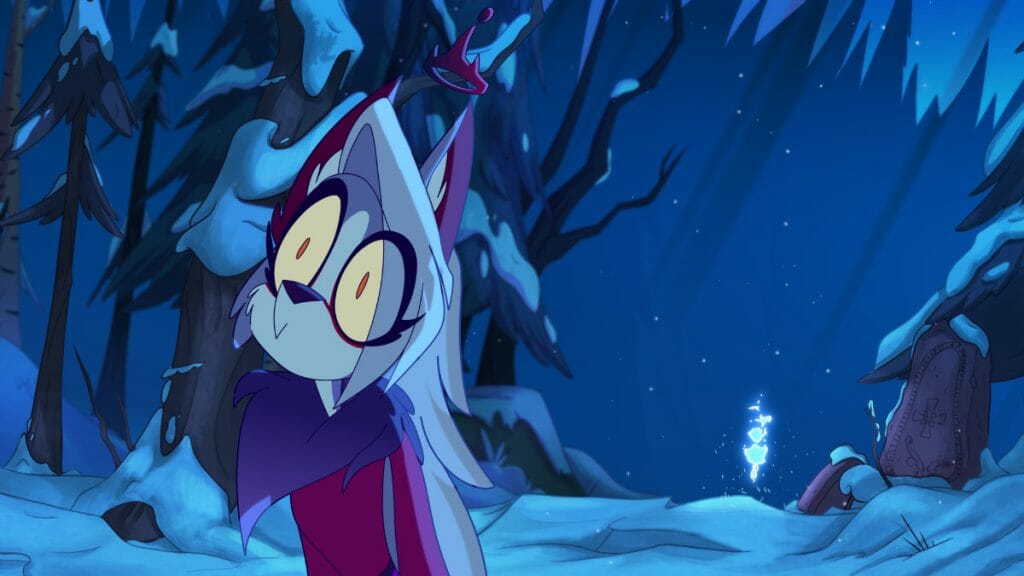
Then a few more in-betweens to smooth out such an exaggerated movement to the final key pose.
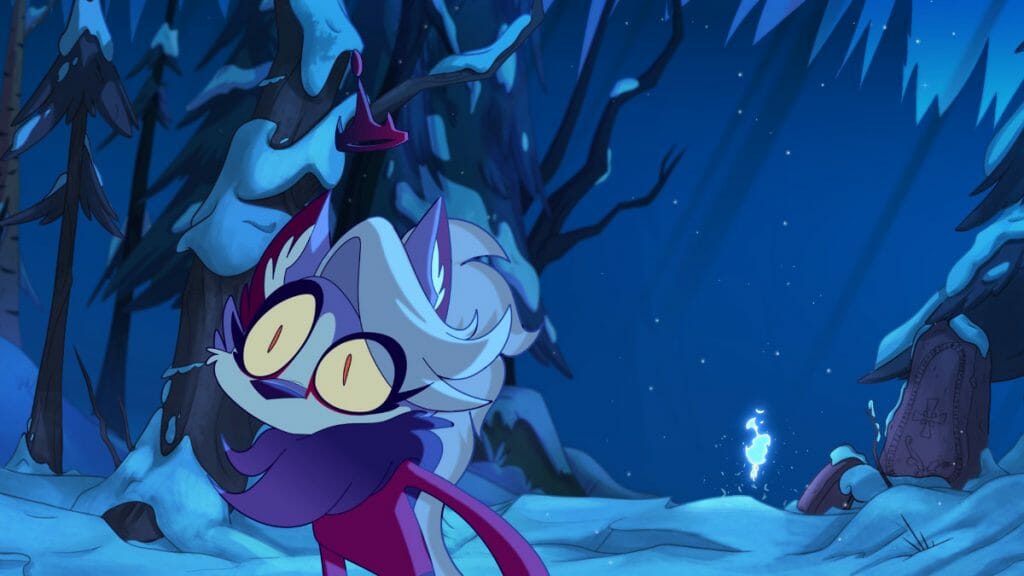
And the final key pose. The final result is this! Smooth, quick, accurate and fast to make! Only takes a bit of imagination and silliness!
What was the most helpful feature when using Harmony to make Ednöra?
Étienne: My favorite feature is definitely the simplicity of the node view, and all the drawing tools like pen stabilization and vector lines. I’m quite a shaky artist, and having a tool to help me draw my lines, both straight and curvy, helped me to achieve the movie I wanted to make.
Do you have any advice for up and coming animators that are working on their student films?
Étienne: If you are inspired by an artist and a little voice deep inside you is telling you that you aren’t as good as them – don’t listen! Chase your dream just like the will-o’-the-wisp, with as much passion as possible.
Animation is not just about creating entertaining content for people, it’s a form of self-expression, and a way to realize yourself, and it’s important to lean into that. As long as you put all of your passion into your work, and keep practicing, you will always be proud of what you’ve achieved. The world of animation is an open world, and only you and your imagination are the limit to what you can shape it into.
What’s next for you in animation?
Étienne: I am working for Du Coup Animation in Quebec City. I think I will stay there for a while! I’m also now working on a script for a personal, indie animated film featuring the character from Ednöra! I plan on working on that for the upcoming year and I hope everything will go well. And way down the road? I could see myself opening my own animation studio and creating my own shows!
- Interested in seeing more from the world of Ednöra? Be sure to follow Étienne on YouTube and Instagram.
- Ready to use Harmony for your thesis film? Students can qualify for up to 84% off Toon Boom Animation’s software.


